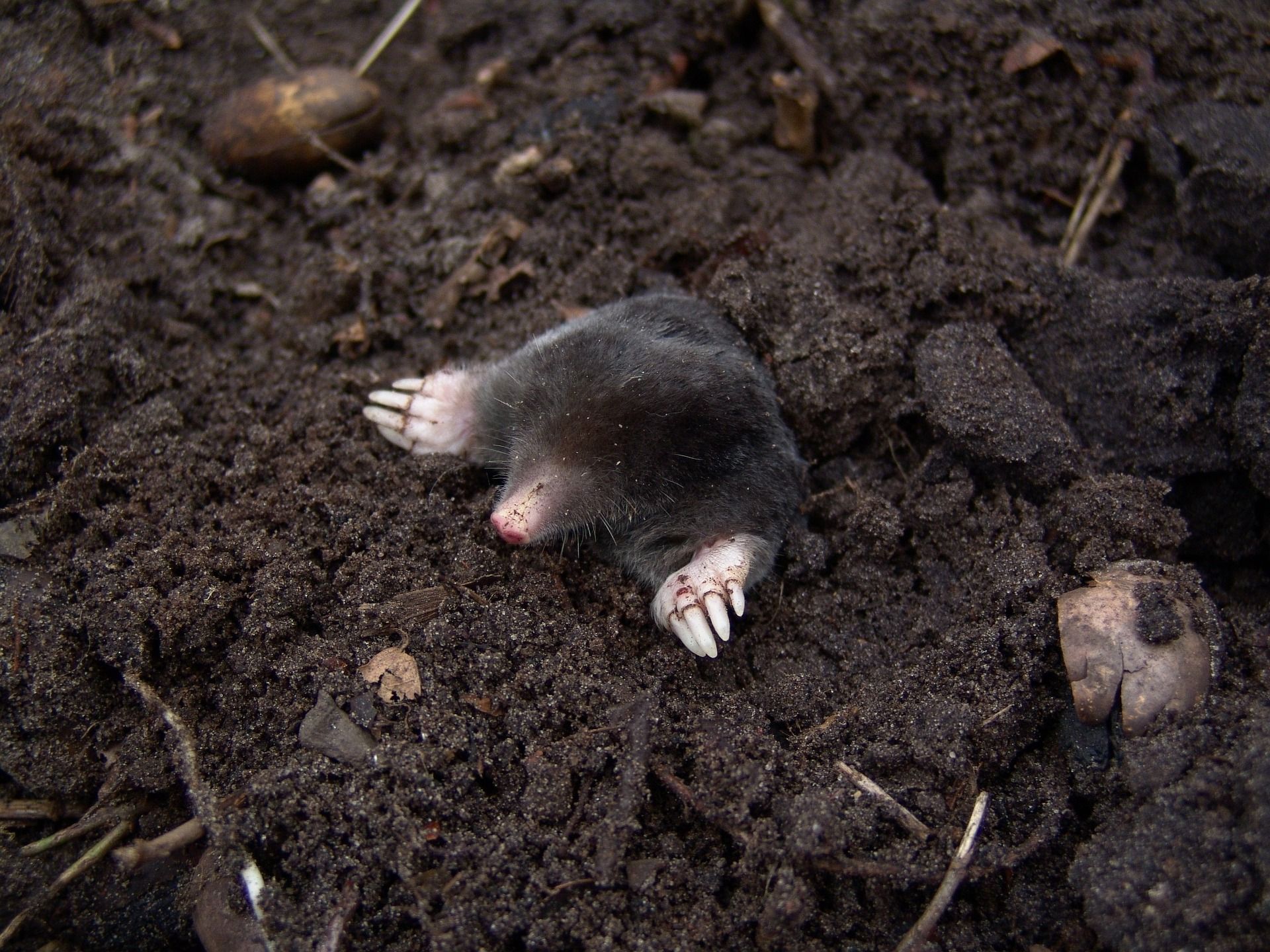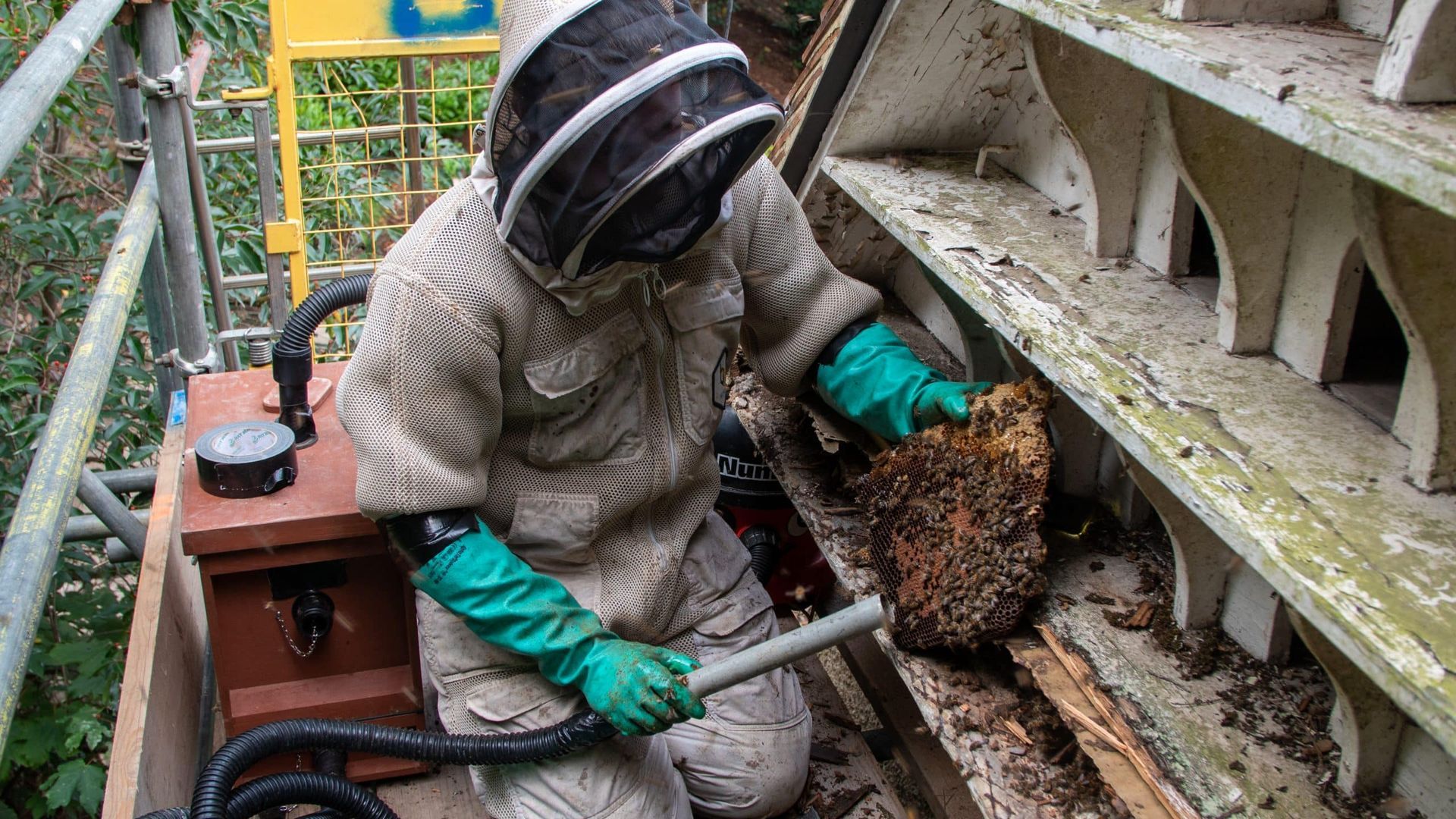Unveiling the Mystery of Moles
Nature's Hidden Treasure

Moles, these small underground creatures, have remained somewhat of a mystery to many of us. We may have seen the signs of their presence, like the raised tunnels in our gardens, but how much do we really know about these fascinating critters? In this blog, we will delve into the captivating world of moles and shed some light on their unique characteristics, behavior, and ecological importance.
First, let's debunk a common misconception about moles. Though often mistaken as rodents, moles are actually mammals belonging to the Talpidae family. With their cylindrical bodies, short fur, and paddle-like feet, moles are specifically adapted for a subterranean lifestyle. Their most distinctive feature, however, is undoubtedly their long, pointed snout, which houses an exceptional olfactory system.
Moles are renowned for their superb digging abilities, allowing them to create a network of intricate tunnels beneath the earth's surface. These networks serve various purposes, such as providing shelter, foraging for food, and even breeding. Moles are solitary creatures that spend most of their lives underground. Consequently, their eyes are often reduced in size and their vision is poor, as they have evolved to rely heavily on their other senses.
One of the most interesting facets of mole behavior is their feeding habits. Moles are insectivores, primarily consuming earthworms, grubs, and other small invertebrates found in the soil. Despite their small size, moles have quite the appetite, consuming more than their body weight in food each day. Their voracious appetite is essential in maintaining the health of the ecosystem, as moles help control populations of soil-dwelling pests that can be detrimental to plants and crops.
Furthermore, their subterranean tunnels also play a crucial role in soil health. As moles burrow through the ground, they aerate the soil, aiding in water absorption, root growth, and nutrient circulation. Their digging activity contributes to the turnover of organic matter, enriching the soil and fostering healthier plant life.
Though their underground lifestyle is primarily beneficial to the environment, it can sometimes cause issues for human activities. The raised tunnels and molehills can be a nuisance when they appear in gardens or agricultural land. However, it's essential to remember that moles are merely fulfilling their ecological role, and non-lethal solutions, such as diverting their tunnels or installing fencing, can help mitigate any conflicts.
In conclusion, moles may be elusive creatures, but they hold a crucial place in our ecosystem. Their remarkable digging abilities and feeding habits contribute to soil health and pest control, making them an integral part of nature's delicate balance. While their presence might occasionally inconvenience us, it's worth appreciating the wonders of these underground dwellers and the value they bring to our environment.
Next time you come across a molehill or a raised tunnel, take a moment to acknowledge these nature's hidden treasures and marvel at the fascinating world they inhabit.










